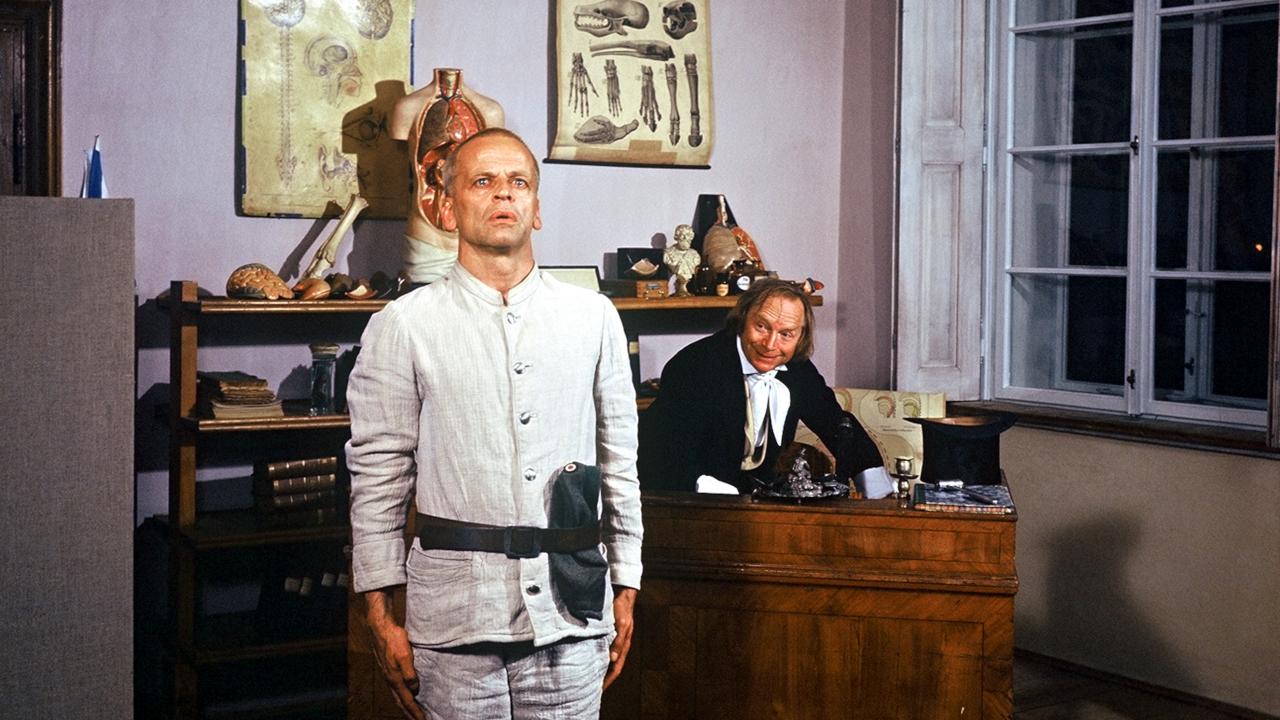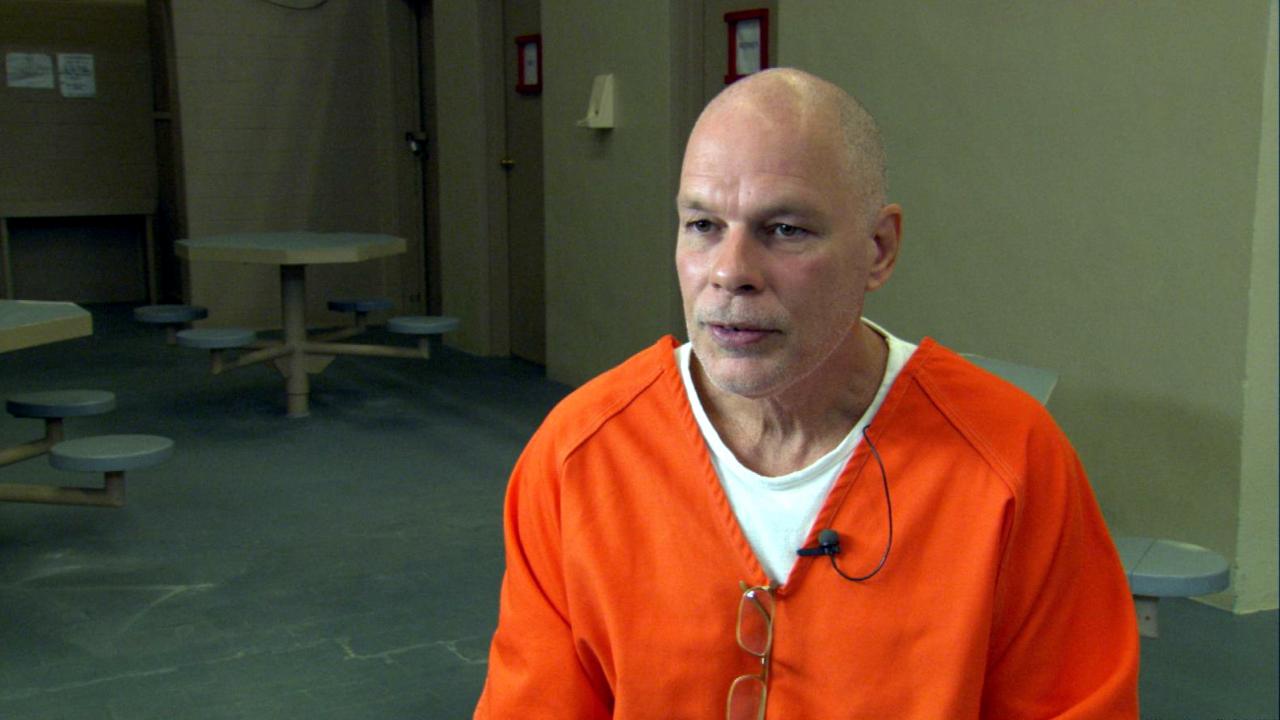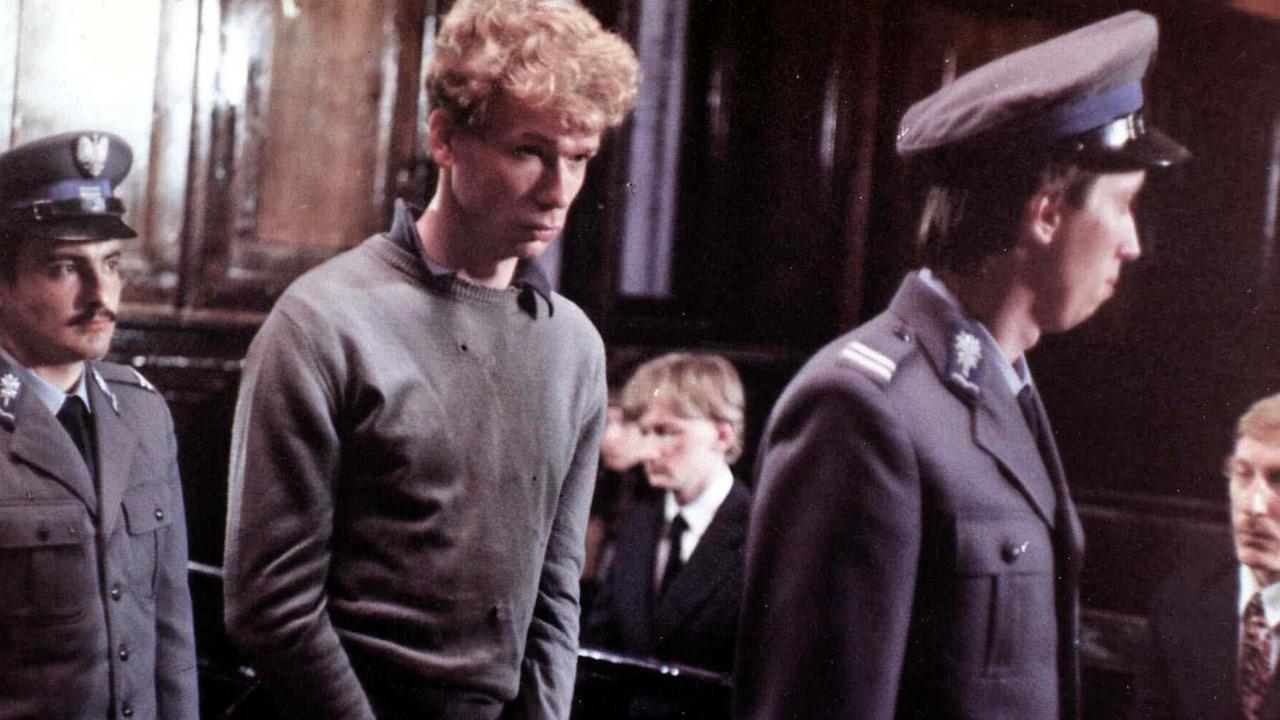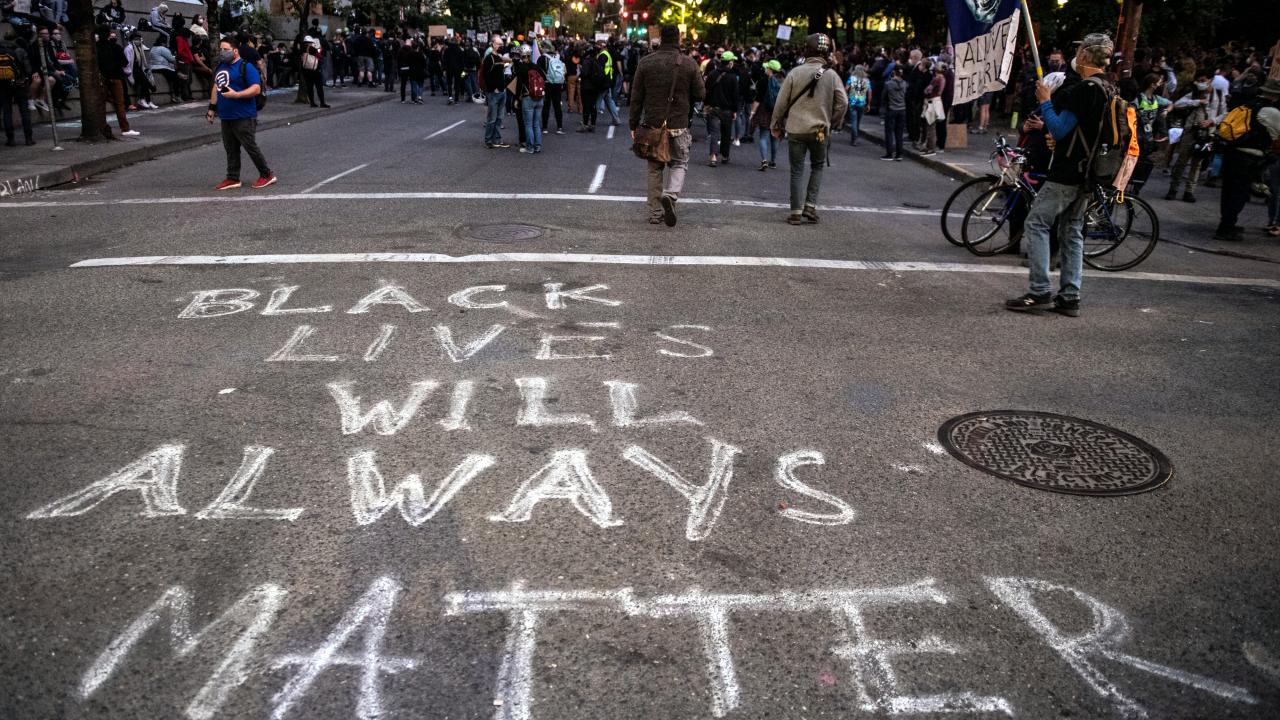Kategorie: Filmbesprechung auf englisch
"On Death Row"
In his documentary TV-mini-series Werner Herzog portrays death row inmates in the US penal system.
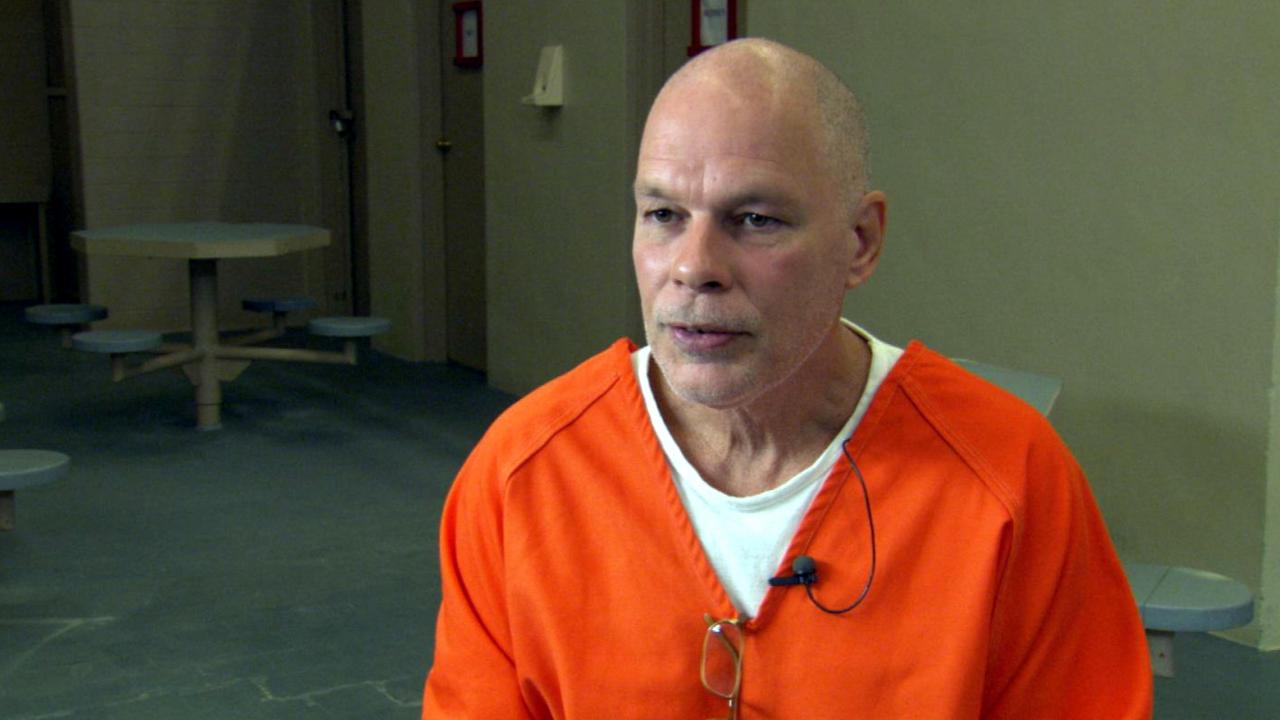
Unterrichtsfächer
Thema
The use of "On Death Row" in schools requires sensitivity, attentiveness and appropriate preparation of the teaching sequence and the learning group. The series contains drastic reports of serious crimes. Under no circumstances should traumatised students be confronted with it. Teachers unsure about the predisposition of their learning group in this regard should consult with the class teacher or tutor. It should also be made clear to all students that they can leave the film screening at any time if what is shown is not bearable for them.
Werner Herzog is widely known in Germany, largely on account of the feature films he shot with Klaus Kinski. Yet the director, who was born in Munich in 1942, has mainly made documentary film projects (Glossar: Zum Inhalt: Dokumentarfilm). One of these is the TV miniseries "On Death Row", a follow-up to the documentary film released the previous year, "Into The Abyss" (US, UK, D 2011). In two series, each comprising four episodes, he portrays nine inmates of the US-American penitentiary system. The episodes always begin with the same disturbingly matter-of-fact introduction: a camera travels along (Glossar: Zum Inhalt: Kamerabewegungen) the sterile-looking death row, with its cramped jail cells secured by bars, from which the condemned can see a sideboard with the bible in a range of languages. From there, we see the execution room, whose centerpiece is formed by a cross-shaped stretcher with numerous straps to secure the sentenced man's body. We hear Herzog's voice (Glossar: Zum Inhalt: Voiceover) telling us that 34 US federal states still impose the death penalty, of which 16 continue to carry it out.
Over the next 50 minutes or so, the filmmaker personally interviews the inmate (Glossar: Zum Inhalt: Talking Heads). His calm voice gives his subject room and he frequently frames them in close-ups (Glossar: Zum Inhalt: Einstellungsgrößen), while he himself never appears on camera and his questions can only ever be heard from the Zum Inhalt: off. This helps to create a kind of human rapport that does not escalate to partisanship. Right at the beginning of the interviews, Herzog explains that he is there as an opponent of capital punishment but insists on a certain personal distance from his subjects. He asks abstract but deep personal questions. What does it feel like to be condemned to death, even when the date has been postponed indefinitely? What dreams does a dead man walking have when he closes his eyes in that cramped cell? What feelings are triggered by the knowledge of those highly ritualized final hours?
The episodes not only portray people on death row, they also highlight specific dilemmas and paradoxes arising from capital punishment. For example, the sharp contrast between serial killer James Barnes' eloquent tones and the brutality of his crimes. Herzog tracked down Barnes’ sister and revealed a family history of violence. Interviews with prosecutors and defense attorneys and photographs of the crime scenes fill out the forensic details. Without simplification or crude psychological analysis, Herzog illustrates what is not taken into account in the courtroom: The complexity of a life story and the intergenerational inheritance of trauma, such as, in Barnes' case, severe physical abuse by his father. Herzog makes no attempt to relativize the crimes but there is no avoiding a sense of irreconcilable contradictions. The director says he wanted to separate the individual from the crime. The philosopher Jacques Derrida, who studied the use of the death penalty in the US in detail in the 1990s, adopted a similar approach: he insisted that a person did not lose their dignity by committing a serious crime. Herzog's film is an artistic realization of this thought that contributes to criticism of the death penalty. For the pricelessness of human dignity reveals itself through the camera lens — in the shape of a smile, a stolen glance, the inimitable mannerisms of the individual. These moments remain in tension with the narratives of justification that the condemned put forward in relation to their crimes, and with the omnipresent awareness of the crimes themselves.
Weiterführende Links
- External Link Zu Jacques Derridas Seminar "Todesstrafe"
- External Link welt.de: Filmbesprechung (2012)
- External Link Interview mit Werner Herzog (Engl.)
- External Link bpb.de: Interview zum Thema Todesstrafe mit einem Experten von Amnesty International
- External Link fluter.de: Artikel über die Todesstrafe in den USA
- External Link Deutsche Kinemathek: Ausstellung zu Werner Herzog (25.8.22–27.3.23)


